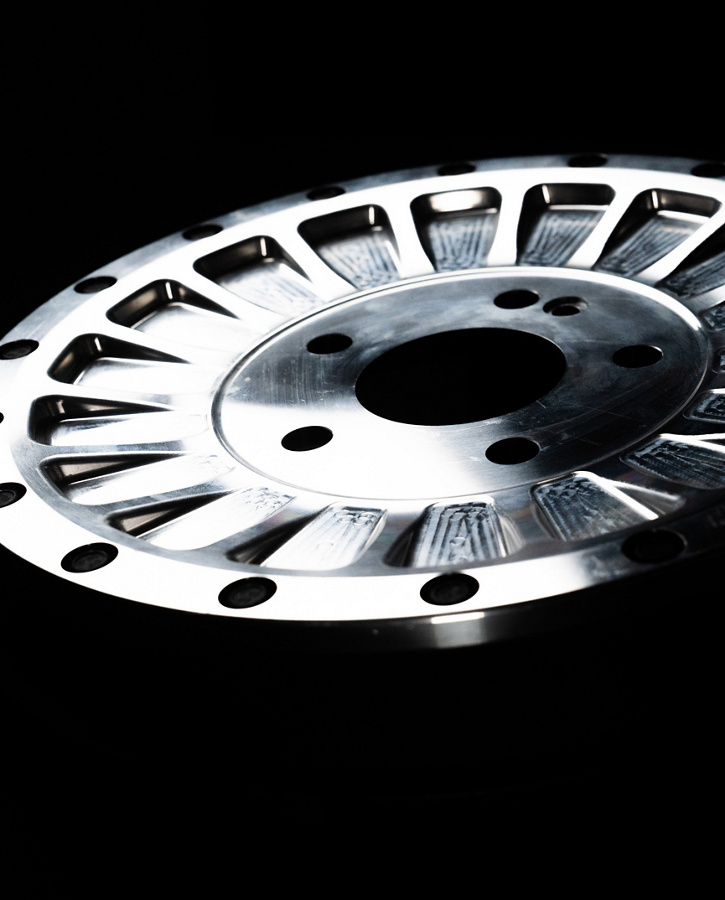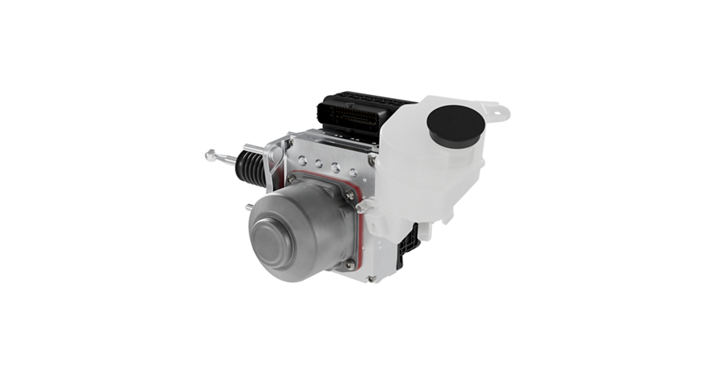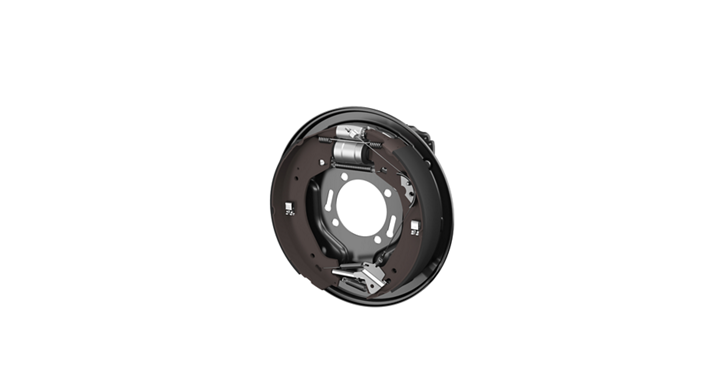Continental is known worldwide for its proven and innovative drum brakes. Simplex drum brakes in particular have long proven to be extremely reliable and low-maintenance. In view of the changes in the automotive industry aimed at electrification, emission reduction, comfort and safety, Continental offers innovative solutions to utilize proven drum brake technology in modern, highly efficient and environmentally friendly vehicle concepts and to further expand its strengths.
A prime example of the innovative use of drum brake technology is the integration of a modern electric parking brake into the hydraulic service brake. The current generation of the EPB-Si (Electric Parking Brake for Simplex Brakes) uses a small DC motor to set the brake shoes in motion. This advanced technology is used, for example, on the rear axle of the VW ID. platform in models such as the ID.3 and ID.



